SUBURBAN REAL ESTATE SERVICES, INC. and Bryan Barus, Plaintiffs-Respondents v. William Roger CARLSON Jr. and Carlson Partners, Ltd., Defendants and Third-Party Plaintiffs-Appellants Carmen A. Gaspero Jr., Lisa M. Gaspero, and Lisa M. Gaspero, Attorney at Law, P.C., d/b/a Gaspero & Gaspero, Attorneys at Law, P.C., Third-Party Defendants-Appellees.
This case raises the issue of whether a lawyer sued for malpractice by clients can require contribution from a second law firm that represented the same clients in the same action. It involves an application of the Illinois Joint Tortfeasors Contribution Act.
Details of the Underlying Case
A real estate company and its owner (hereinafter referred to as “Clients”) hired the Carlson firm (hereinafter referred to as “Carlson”) to help them dissolve a commercial property management services agreement. After Clients followed Carlson’s advice, they were sued by the management services provider for breach of fiduciary duty. During litigation, Clients retained a second set of attorneys, the Garpero firm (hereinafter referred to as “Gaspero”), to help at trial.
After losing the action, Clients sued Carlson for malpractice. Carlson filed a third-party complaint against Gaspero seeking contribution under the Illinois Joint Tortfeasors Contribution Act for any malpractice award entered against him in the matter. The
Contribution Act permits a defendant to require a third party to pay a part of any damages awarded if the third party is also liable in tort for the same injury. The trial court rejected Carlson’s claim for contribution and granted summary judgment on the issue. Carlson appealed the decision to the Appellate Court of Illinois, First District, Sixth Division.
Analysis of Contribution Act
To be eligible for a right of contribution under the Illinois Joint Tortfeasors Contribution Act, a defendant must show that (i) the defendant and the third party are both subject to liability in tort to the plaintiff and (ii) their liability arises from the same injury. Here, Carlson claims that the fact that Gaspero also represented Clients in the underlying case is sufficient to make them “subject to liability in tort” under the Contribution Act. In addition, Carlson claims that the concurrent representation created a question of fact as to whether Gaspero could be liable for clients’ injuries.
The Appellate Court rejected these claims. It noted that the Clients’ injuries (the money judgment against them) resulted entirely from legal advice Carlson gave before Gaspero had any involvement in the case. The only suggestion that Gaspero may have also committed malpractice came in a motion for sanctions which was not supported by any affidavit or other admissible evidence. The mere fact that both firms represented Clients in the underlying case did not, in and of itself, make Gaspero liable under the Act.
Legal Disclaimer: The information on this blog is for general informational purposes only and does not constitute legal advice. It is based on current legal standards but does not create an attorney-client relationship. For advice specific to your situation, consult a qualified attorney.
The views expressed are those of the individual authors and do not reflect those of any affiliated organizations or a single Katz Law Firm lawyer or agent. The accuracy and applicability of the information may vary. The blog owner and authors assume no liability for actions taken based on this content. Always seek professional legal counsel before making any legal decisions.



















